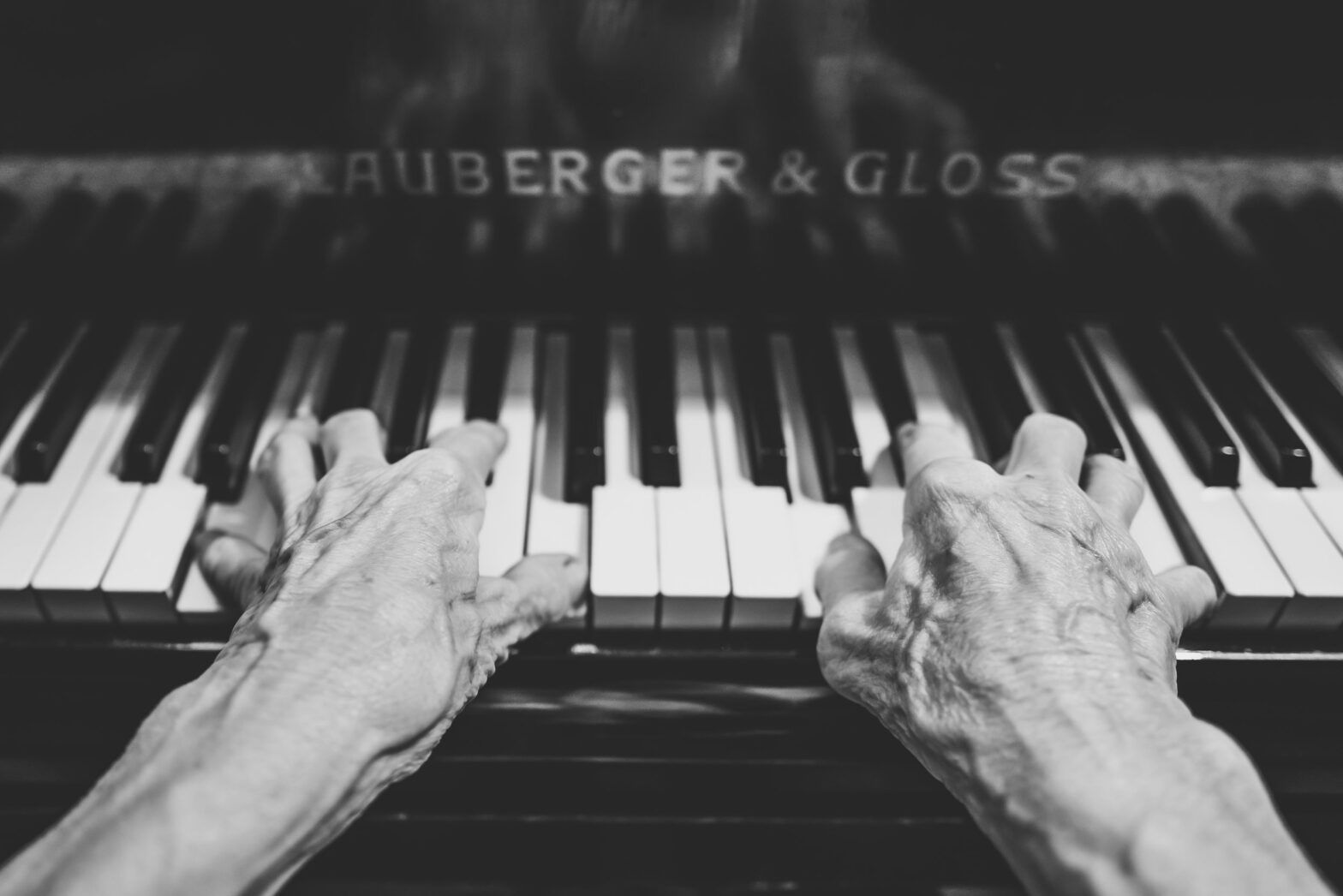
Your skin is aging–here’s what you can do
Aging skin is accompanied by biochemical changes that occur in the outer layer of your skin (i.e., the stratum corneum, or SC). These changes degrade the skin’s barrier function as well as its ability to retain water. Consequently, you’re more apt to experience dry skin in response to indoor skin stressors—moderated by both the weather and building properties of your residence. In fact, studies have shown that a significant fraction of older adults have to deal with dry skin (or even itchy dry skin).
Background on aging skin
So, what are these biochemical changes that increase the risk of dry skin with age? First of all, there is a gradual reduction in skin lipids (fats) that serve as the “cement” in the spaces between the corneocytes, or the flattened, nonviable skin cells in the stratum corneum that serve as the “bricks” in the skin barrier. Lipids inhibit the transport of water from deeper skin layers to the skin surface, and hence a reduction in lipids can adversely impact skin water losses.
The primary lipids in the SC are ceramides, cholesterol, and free fatty acids. Second, the corneocytes contain a mixture of water-soluble compounds referred to as the Natural Moisturizing Factor (NMF), which are very effective in binding water and are critical to the hydration of the stratum corneum. Major components of NMF include free amino acids, pyrrolidone carboxylic acid (PCA), lactates, and urea.
In healthy, hydrated skin, enzymes are able to break down the corneodesmosomes that serve as “rivets” holding the corneocytes in place. As these rivets or connectors are degraded, the corneocytes are continually lost or shed from the skin surface (a process called desquamation). Normally the skin cells that are shed from the skin’s surface are not really visible. However, when the enzymatic processes are impaired by low water content or reduced NMF levels, the corneocytes tend to clump together and become visible as flakes or what is termed “cosmetic” dry skin.
Moisturizers containing natural lipids and NMF
The increased risk of dry skin as you get older is attributable in part to decreases in the lipid and the Natural Moisturizing Factor content of the stratum corneum. Not surprisingly, there are over-the-counter lotions and creams that are specifically formulated to contain one or more of the organic compounds in these natural moisturizing mixtures needed by aging skin.
CeraVe has both a moisturizing cream and lotion that incorporate ceramide lipids for enhancing the skin’s barrier function as well as occlusive agents that reduce water loss and humectants that help hydrate skin.
Amlactin contains lactic acid for absorbing and retaining moisture plus enhancing the exfoliation or shedding of skin cells.
Tips
- Dry indoor air caused by low water vapor levels in outdoor air increases the risk of dry skin as you get older. Use the Dermidia Select web app to assess the magnitude of indoor drying stresses. Implement remedial measures such as moisturizing lotions and/or a room humidifier, as appropriate.
- Use lotions and creams that contain ceramides, urea, and/or lactate that can compensate for losses in skin lipids and natural moisturizers as you age.
- Whatever skin-care product(s) you end up using, be sure to use them on a regular basis, as this has been shown to be a crucial aspect of their effectiveness.
References
Harding, C. R., A. Watkinson, A. V. Rawlings, and I. R. Scott. 2000. “Dry Skin, Moisturization and Corneodesmolysis.” International Journal of Cosmetic Science 22: 21–52.
Lodén, Marie. 2012. “Effect of Moisturizers on Epidermal Barrier Function.” Clinics in Dermatology, Epidermal Barrier Function: Clinical Implications and Therapeutic Relevance, 30: 286–96.
